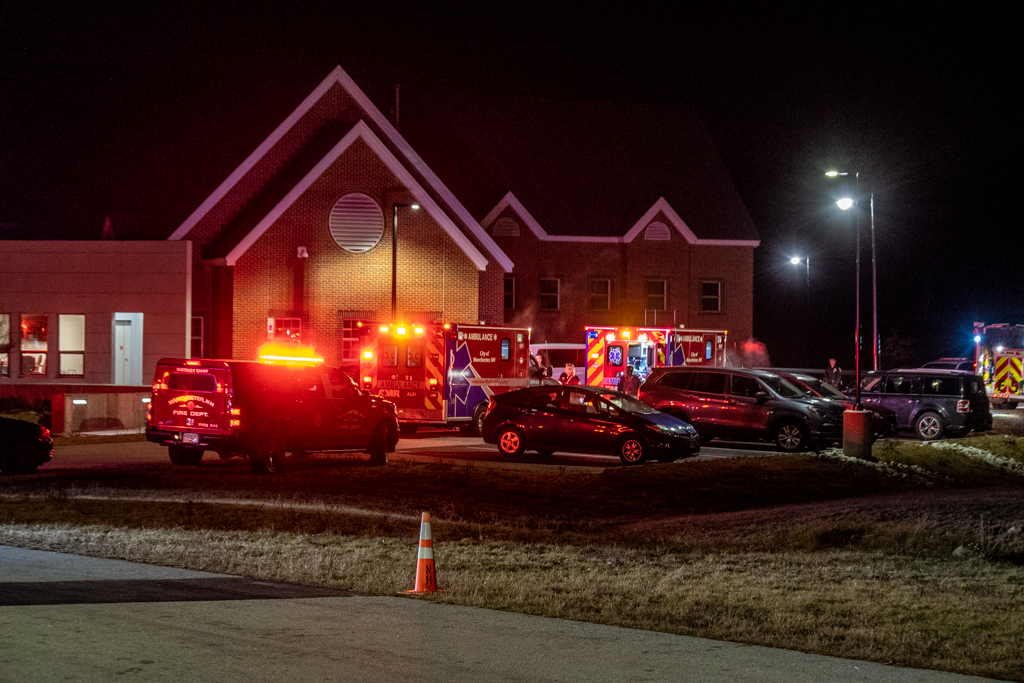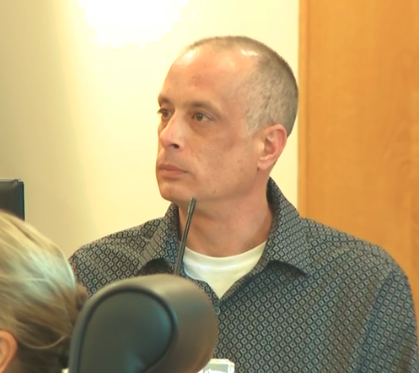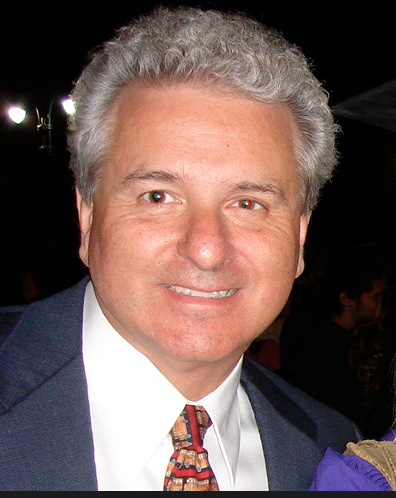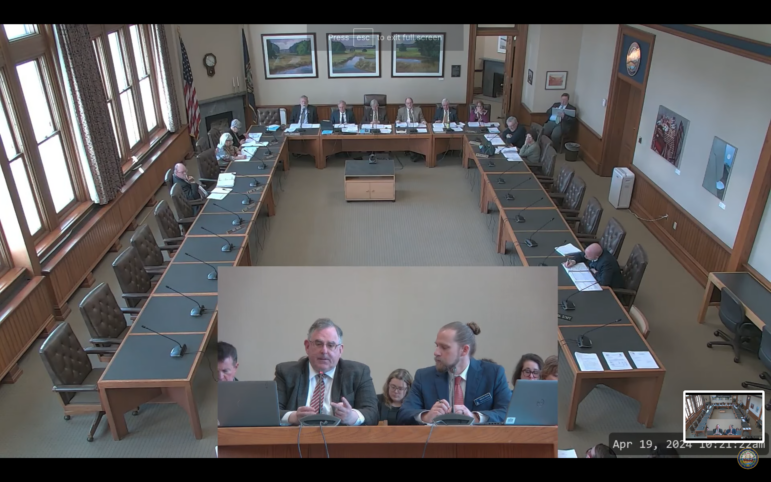By NANCY WEST, InDepthNH.org
CONCORD – The head of the Office of Child Advocate and the two Democrats who want to run against Gov. Chris Sununu criticized the report released Monday about incidents at Granite Pathways Youth Treatment Center that prompted the state to end its contract with the organization.
In two days, Nov. 24 and 25, five of the 10 patients were taken to hospitals for suspected drug overdoses, one a suspected suicide attempt. And another youth was accused of assaulting two other patients during the same time period. On Dec. 2, the last youth at the facility was taken to the hospital after ingesting hand sanitizer, the report said.
The facility can house up to 36 patients ages 12 to 18, but had only 10 during that time.
The five-page report detailed the events that led up to the incidents, but failed to answer a list of questions posed by Moira O’Neill, director of the Office of Child Advocate, who asked why the facility on the campus of the Sununu Youth Services Center in Manchester wasn’t licensed by the Division for Children, Youth and Families.
O’Neill said she is relieved that all former residents of the Youth Treatment Center have been moved to other settings for appropriate care and treatment.
“Several of the children placed at the substance use treatment program had far more complex needs than substance use,” O’Neill said. “If we are going to understand the circumstances that prompted seven ambulance transports, we must understand how those children came to be at the facility and what transpired in assessing and treating them.”
The Granite Pathways Youth Treatment Center Summary Report is available at https://www.dhhs.nh.gov/ocom/documents/granite-pathways-121219.pdf.
O’Neill still hasn’t received answers to her questions that she sent to the Department of Health in Human Services in late November, soon after the incidents. The questions are listed below.
And she said she is disappointed at the apparent lack of oversight of the facility established to treat children, many of whom had complex mental health needs, including recent suicidality and self-harming behaviors.
“The Treatment Center was unusual in that it was a residential treatment program for children, but it was not certified by DCYF. Without certification, the Treatment Center was not under DCYF’s supervision for quality and safety,” O’Neill said.
Gov. Sununu and the Department of Health and Human Services didn’t respond to requests for comment about the criticism on Tuesday.
DHHS’ press release Monday said: “In the aftermath of these events, DHHS directed Granite Pathways to suspend further admissions to the YTC. The Department took additional steps in the days following the events, including terminating the State’s contract with Granite Pathways to operate the YTC, ensuring safe and appropriate discharging of remaining residents to other settings, and overseeing the wind down of Granite Pathways’ operations at the YTC. As of December 7, there were no more youths receiving treatment at the YTC.”
Granite Pathways released a statement Tuesday saying its leadership and board of directors are reviewing the report. The statement said Granite Pathways cooperated fully, agreed to terminate its contract with the state and all residents have been transitioned out of the facility.
“Above all else, Granite Pathways’ staff is committed to meeting the needs of individuals we serve,” the statement said.
Executive Councilor Andru Volinski, D-Concord, who is running in the primary for governor said: “This is very troubling. It is time, as I have been advocating, to stop outsourcing key state responsibilities and to hire and trust state employees to build a real child welfare system.”
State Sen. Dan Feltes, D-Concord, who would also like to run against Sununu, said, “This tragic report again shows that Governor Sununu has failed to make progress on the substance use disorder crisis, the so-called ‘Doorways’ program is a failure, and there is no comprehensive statewide plan to get us out of this crisis. We need to do better by our kids, our families, our communities, and our businesses.”
The hospital transports from the Youth Treatment Center were first reported by Jeffrey Hastings of Frame of Mind Photography.
It is unclear who had oversight over the care of the children at the Youth Treatment Center. Although DCYF did not certify the facility and did not directly place children at the Treatment Center, some of the children were known to DCYF, O’Neill said.
By law, her office was notified of the critical incidents on Nov. 26. The Office of the Child Advocate provides independent oversight of the Department for Children, Youth and Families to assure that the best interests of children are being protected.
“The questions were intended to prompt examination of what the facility knew about the children, their capacity to match children’s needs, and what supervision of the program existed.
“As of today, the Office has not received a response to the question,” O’Neill said. “We cannot learn from these events and improve the system until we have looked at the whole situation from all angles. That includes better understanding what children need and making sure the array of services is equipped to meet those needs.”
O’Neill said the Office of the Child Advocate is monitoring children removed from the Youth Treatment Center with open DCYF cases to ensure they access appropriate care, including support for exposure to the traumatic events they experienced at the facility.
Questions submitted by the Office of the Child Advocate to DHHS on Wednesday November 27, 2019 regarding Granite Pathways Treatment Center:
· What information did the Treatment Center have about each child’s history prior to admission?
· What criteria were used to determine appropriateness of admission? (Was admission based solely on a history of having used substances or was admission based on the program’s capacity to meet all individual needs of each child, including underlying mental health conditions to which substance abuse may have been secondary?)
· If children were admitted to the Treatment Center without the benefit of a full history, what assessments were completed to identify all evident and underlying diagnoses and needs of each child? And when?
· What therapeutic programming was available to address/treat each child’s underlying and cooccurring conditions in addition to substance use treatment?
· What other medical and mental health resources were accessed for children’s care when the Treatment Center did not have program capacity to address underlying or co-occurring conditions? · What were the credentials of personnel providing care in the program? How often do they interact/provide services or supports to the resident children?
· What were patterns of supervision of the children throughout the day?
· How was a therapeutic milieu established and maintained as a means for safe space, trust building, relationship building, and trauma-informed cultural and gender sensitivity?
· What were the Treatment Center protocols for responding to emergencies?
· What were Treatment Center protocols for reporting emergencies to DHHS, DCYF, and any others? In addition to reviewing the Treatment Center program itself, systemic factors that should be considered include:
· What was the oversight of this DHHS-licensed facility?
· How was the DHHS-licensed program assessed for safety and how often?
· How was the efficacy of therapeutic programming assessed and how often?
· How was the capacity of this DHHS-licensed program assessed to ensure it meets the needs of admitted children?
· What are the implications of institutional abuse or neglect when a parent or guardian places a child rather than a public entity such as DCYF or a school?
· Who should institutional abuse or neglect be reported to when a facility is not certified by DCYF?
· Why was the Treatment Center not certified by DCYF?
· Did the Treatment Center pay rent/utilities to the state for the space in which it operates the program? If not, what was the expectation for return on investment of valuable space?





